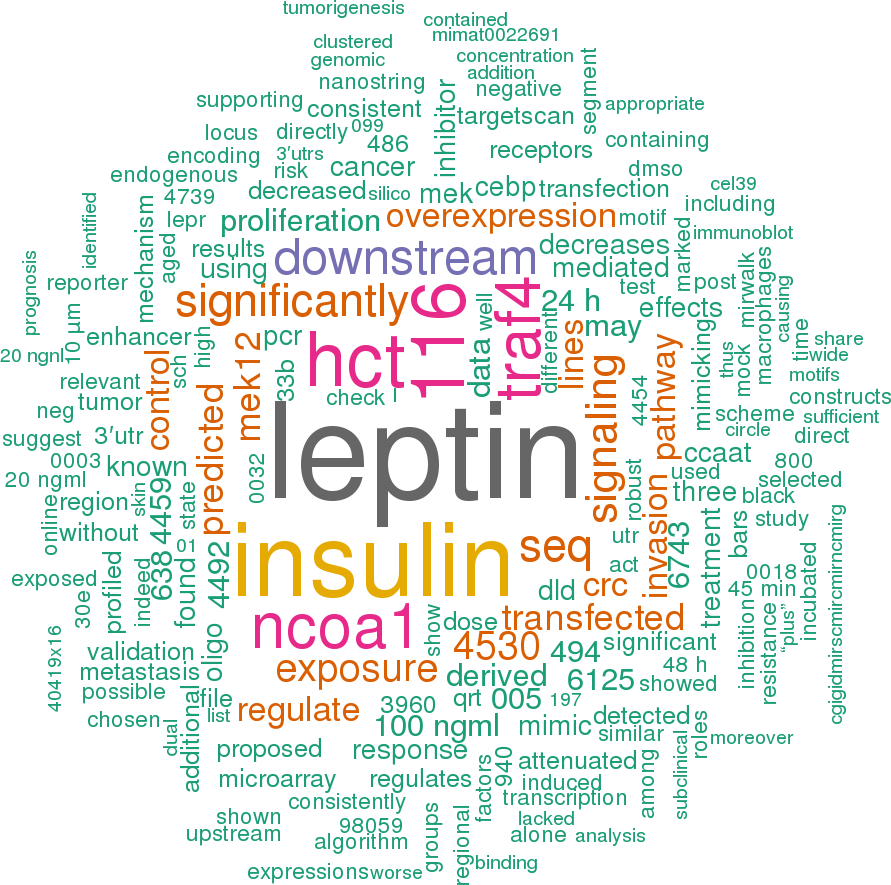6 papers mentioning hsa-mir-4443
Open access articles that are associated with the species Homo sapiens
and mention the gene name mir-4443.
Click the buttons to view sentences that include the gene name, or the word cloud on the right for a summary.

 |
 |
 |
 |
 |
 |
